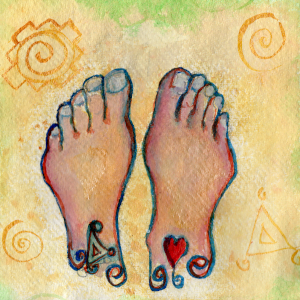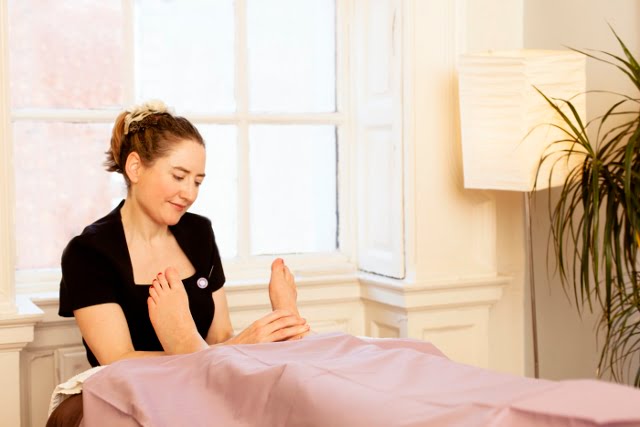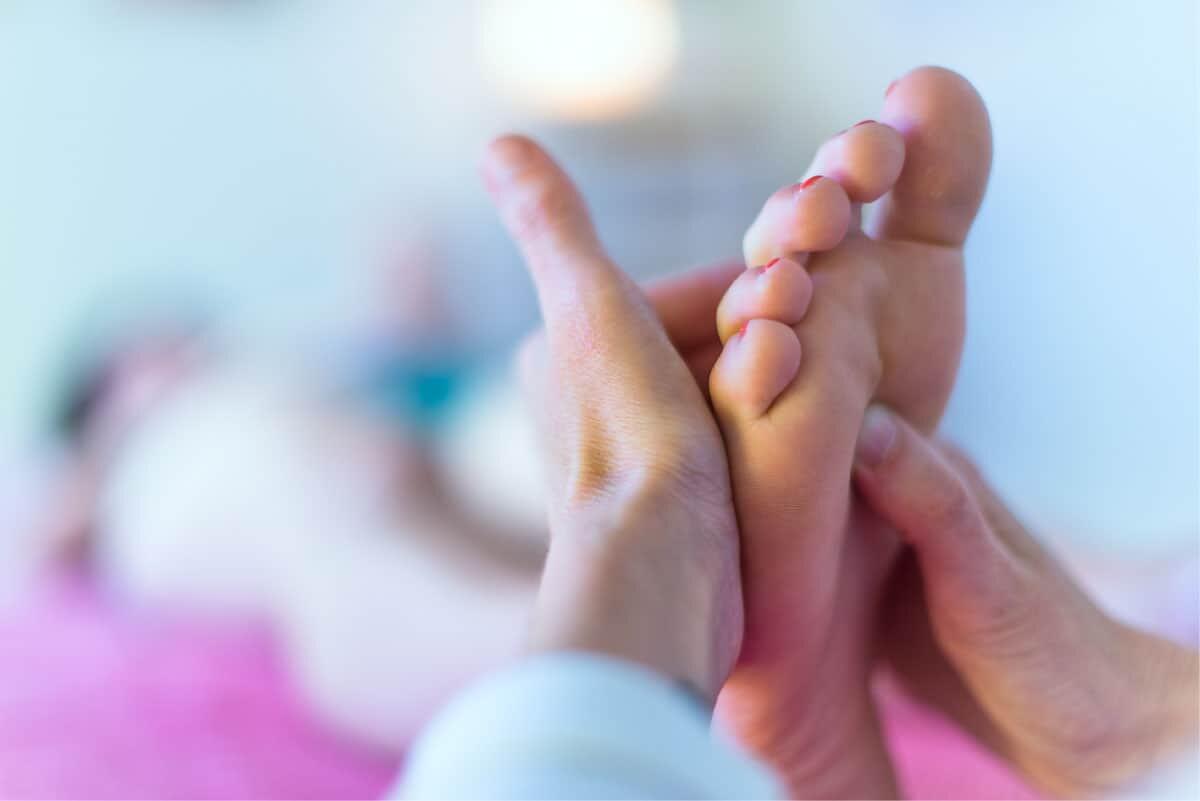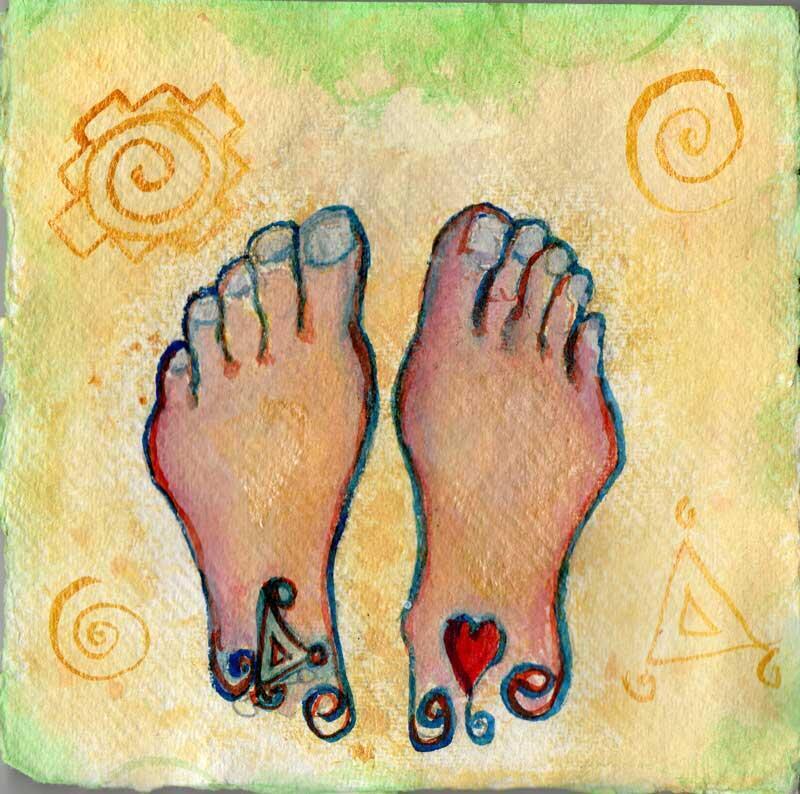I was already a fan of reflexology before I qualified as a therapist. Throughout my training I was thrilled to discover the immediate benefits my treatments were providing for case study clients.
I was fortunate with the variety of clients I had for my 40 case studies, a requirement of my diploma. I practiced on feet of all ages, shapes, colours, textures and sizes.
Each pair told their own unique story. As time went on I began to notice patterns and traits that corresponded with the individual themselves.
Results were noticeable and varied. Relaxation was the benefit most reported by my 10 clients. In fact one person told me it was the first time that they ever managed to feel so relaxed.
As relaxation provides optimum conditions for the body to heal and function with ease and efficiency, this was a very important benefit for the receivers. One client reported that even the opportunity to do nothing for one whole hour was rare. At the end of the course of treatments, this client had made a life decision which would improve his career opportunities.
"Reflexology provides many benefits for wellbeing. With the client and the therapist working together there are usually good results."
I noted in my case studies that many clients enhanced their treatment by implementing some of the suggestions I recommended to them as part of their treatment plan. These ranged from taking in some extra walking, fresh air, water and self-treating the reflexes on the hands.
Sample Results
As a result of their resolve, some of the results were quite impressive, such as:
- the absence of sciatica pain for as long as 2 months after treatment
- improved breathing for a client who had high blood pressure (a therapist in her 70's who gave me great confidence in my ability).
- a client who started a walking routine to boost their energy and then discovered that jogging was more fun.
- a client who found space to relax and get clarity on a new career path.
Conclusion of 40 Case Studies
Reflexology provides many benefits for wellbeing, with the client and the therapist working together there are usually good results. Clearly, regular deep relaxation achieved through reflexology, contributes to healing for mind and body, counteracting the effects of busy stressful lifestyles.
If all is not well, a change of routine can help, slowing down to allow for mindful listening and the development of a more self-caring attitude in order to achieve balance once more.
Reflexology is an effective holistic treatment, performed mainly on the feet. While its a highly respected therapy, it is not a replacement for medical diagnosis and treatment.
Author Update
In 2024, I retired as a therapist after 11 years of successfully assisting clients with their wellbeing.
I continue to assist people in their healing through my books which are available online. If you like this article, explore my work.





